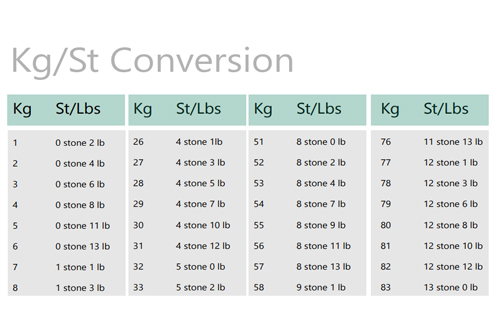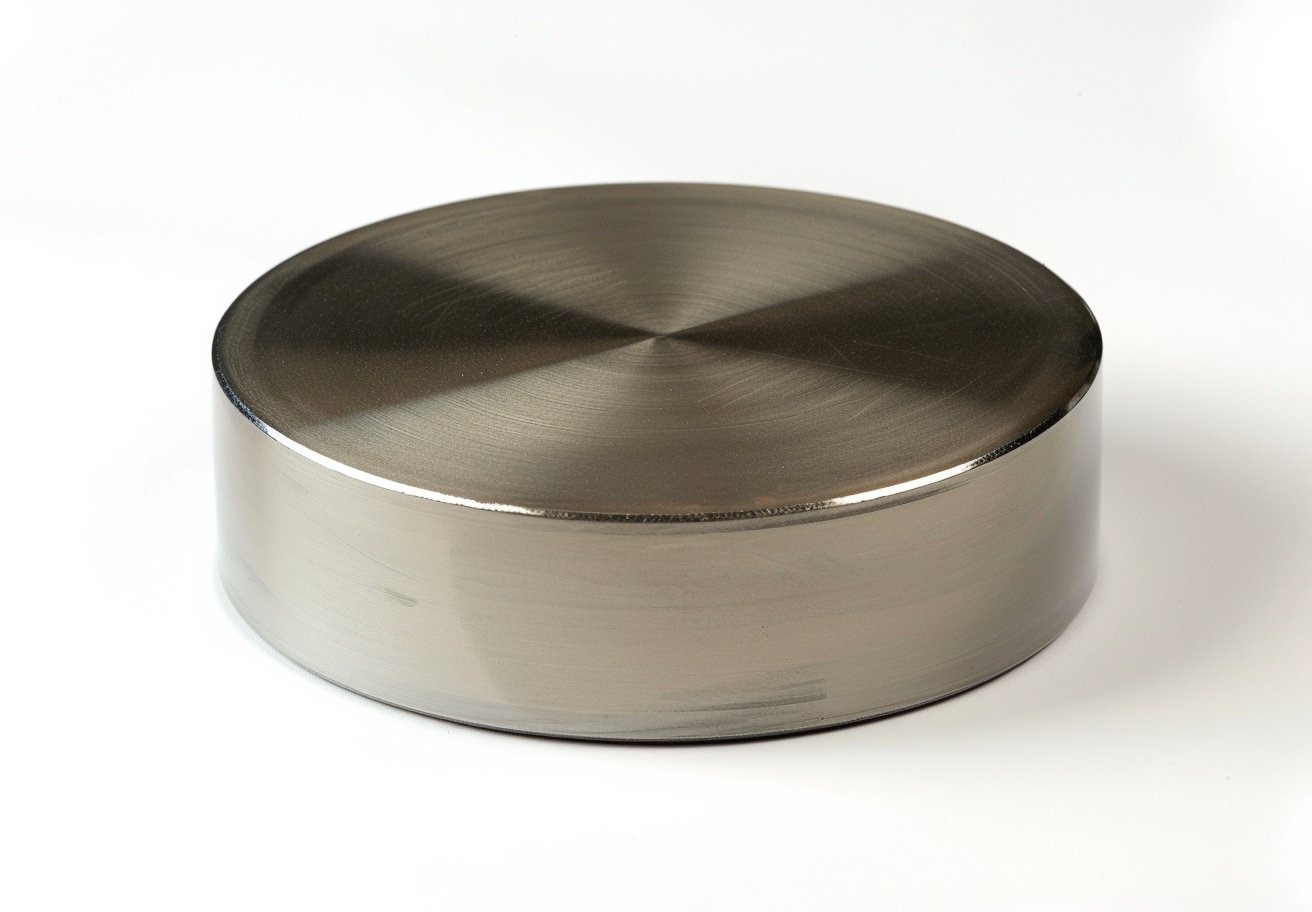U.S. & European Ring Size Chart For Product Shapes
Introduction
When the term "ring" is used in a technical context, such as the form of products or mechanical components, it generally indicates specific diameters, circumferences or other measurements required for an accurate fit. These measurements may be represented using different systems, with the US and the European sizing schemes being two frequently employed methods.
Knowledge of a product’s ring measurement is essential to ensure compatibility, performance and proper function. An overview of the depiction of ring sizes in the US and European measurement systems is provided below.
U.S. Ring Size System (Inches)
In the US, ring sizes for products are typically measured in inches or fractions of an inch. The diameter or inner circumference is measured and converted to a size number. This size may, for example, indicate the diameter of a tube or the inner width of a gasket.
|
U.S. Ring Size |
Diameter (inches) |
Circumference (inches) |
|
Size 1 |
0.125 |
0.3937 |
|
Size 2 |
0.250 |
0.7854 |
|
Size 3 |
0.375 |
1.1780 |
|
Size 4 |
0.500 |
1.5708 |
|
Size 5 |
0.625 |
1.9635 |
|
Size 6 |
0.750 |
2.3562 |
|
Size 7 |
0.875 |
2.7480 |
|
Size 8 |
1.000 |
3.1416 |
|
Size 9 |
1.125 |
3.5343 |
|
Size 10 |
1.250 |
3.9270 |
European Ring Size System (Millimetres)
In Europe, ring sizes are generally based on the inner circumference of the ring measured in millimetres (mm). This system uses a continuous scale whereby the size number directly corresponds to the circumference in millimetres. For example, a ring of size 50 has an inner circumference of 50 mm.
|
European Ring Size |
Inner Circumference (mm) |
Diameter (mm) |
|
Size 40 |
40 |
12.73 |
|
Size 45 |
45 |
14.32 |
|
Size 50 |
50 |
15.92 |
|
Size 55 |
55 |
17.40 |
|
Size 60 |
60 |
19.00 |
|
Size 65 |
65 |
20.41 |
|
Size 70 |
70 |
22.13 |
|
Size 75 |
75 |
23.56 |
|
Size 80 |
80 |
25.13 |
|
Size 85 |
85 |
26.69 |
Understanding the Measurement
-U.S. Ring Sizes: The US system employs a numerical scale in which each step represents a fraction of the diameter or circumference of the ring. This system is applied for mechanical products such as washers or gaskets that require a precise fit.
-European Ring Sizes: In the European system, the inner circumference is measured directly. This method facilitates the determination of how well a product fits around a specific object or space. It is useful in the design and selection of components such as seals, gaskets or hoses.
Conversion between U.S. and European Ring Sizes
If you wish to convert between the US and the European system, it is useful to know the corresponding diameters and circumferences.
|
U.S. Size |
Diameter (inches) |
European Size |
Circumference (mm) |
|
Size 1 |
0.125 |
Size 40 |
40 |
|
Size 2 |
0.250 |
Size 45 |
45 |
|
Size 3 |
0.375 |
Size 50 |
50 |
|
Size 4 |
0.500 |
Size 55 |
55 |
|
Size 5 |
0.625 |
Size 60 |
60 |
|
Size 6 |
0.750 |
Size 65 |
65 |
|
Size 7 |
0.875 |
Size 70 |
70 |
|
Size 8 |
1.000 |
Size 75 |
75 |
|
Size 9 |
1.125 |
Size 80 |
80 |
|
Size 10 |
1.250 |
Size 85 |
85 |
Further information can be found atStanford Advanced Materials (SAM).
Industrial Applications
Understanding these ring size systems is essential for sectors that work with mechanical or industrial products which require a precise fit, such as:
- Pipes and Hoses: The sizes of pipes and hoses are categorised by their inner diameter and circumference. Both the US and European systems provide necessary data to ensure an appropriate fit for connections and installations.
- Seals and Gaskets: The correct fit of seals is vital to ensure effective sealing of machine connections, to prevent leakages and to maintain the integrity of a product under various conditions.
- Washers: Washers are used in mechanical assemblies. They are dimensioned to correspond accurately with bolts and fasteners, thereby providing spacing or protection for components.
Frequently Asked Questions
What is the difference between the US and European ring size systems?
The US system employs a numerical scale, based on the diameter or circumference measured in inches, whereas the European system measures the inner circumference directly in millimetres (mm).
How do I convert a US ring size to a European size?
To convert US ring sizes to European sizes, use a conversion table that compares the US size with the corresponding European inner circumference in millimetres. For example, a US size 5 corresponds to a European size 50.
Why are ring sizes used in different sectors?
Ring sizes are crucial for components that require a precise fit, such as seals, sealing rings and washers. These measurements ensure proper function, prevent leakage and maintain performance in mechanical assemblies.
Can US or European sizes be used interchangeably?
No, they are based on different units (inches for the US and millimetres for Europe). It is therefore necessary to convert between the systems using the appropriate formulas or tables.
How do I measure the size of a ring for a product?
Measure either the diameter or the circumference of the ring. A calliper may be used to gauge the inner diameter; for circumference, measure along the inner edge. Subsequently, convert these values to the corresponding size scale.

 Bars
Bars
 Beads & Spheres
Beads & Spheres
 Bolts & Nuts
Bolts & Nuts
 Crucibles
Crucibles
 Discs
Discs
 Fibers & Fabrics
Fibers & Fabrics
 Films
Films
 Flake
Flake
 Foams
Foams
 Foil
Foil
 Granules
Granules
 Honeycombs
Honeycombs
 Ink
Ink
 Laminate
Laminate
 Lumps
Lumps
 Meshes
Meshes
 Metallised Film
Metallised Film
 Plate
Plate
 Powders
Powders
 Rod
Rod
 Sheets
Sheets
 Single Crystals
Single Crystals
 Sputtering Target
Sputtering Target
 Tubes
Tubes
 Washer
Washer
 Wires
Wires
 Converters & Calculators
Converters & Calculators
 Write for Us
Write for Us
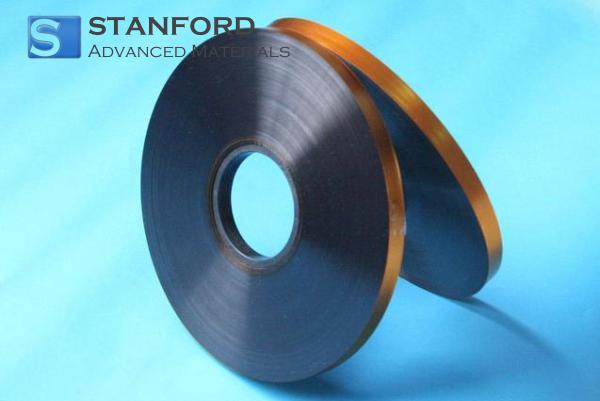
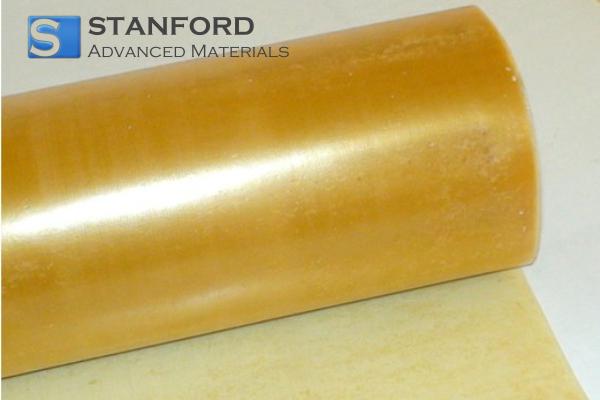

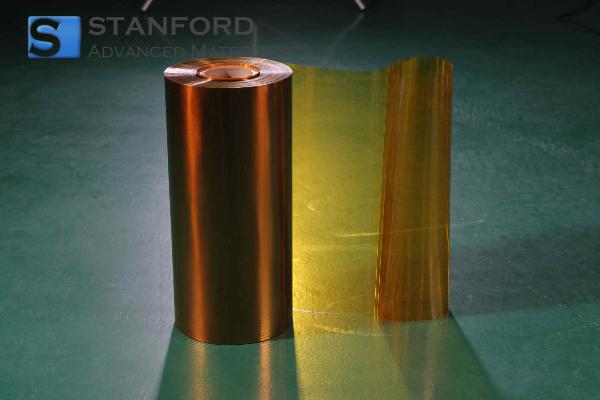
 Chin Trento
Chin Trento

